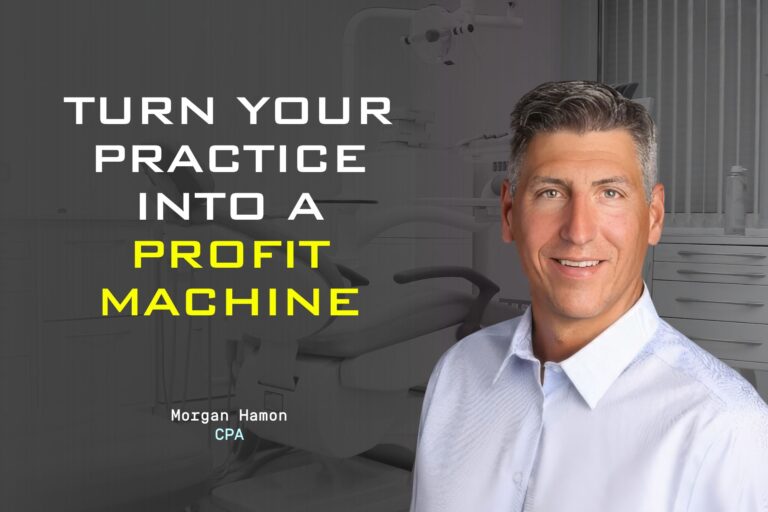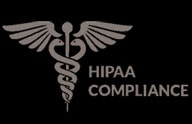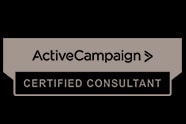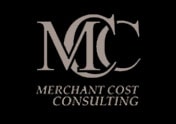Subscribe: RSS
Why Your Dental Practice Isn’t Profitable: The Hidden Collection Crisis Killing Cash Flow
Dental practice owners across the country are working harder than ever, with packed schedules and satisfied patients, yet many struggle with profitability problems that seem impossible to solve. Despite strong clinical skills and busy practices, too many dentists find themselves wondering where all the money went when they check their bank accounts at month-end.
The immediate assumption is always the same: “I must be overspending.” Practice owners scrutinize supply orders, negotiate with vendors, and cut expenses wherever possible. But according to Morgan Hamon, CPA and founder of EAG Dental Advisors who has worked exclusively with dental practices for over 15 years across all 50 states, this assumption is not only wrong—it’s preventing practices from solving their real problem.
The counterintuitive truth that could transform your dental practice profitability: The #1 profitability killer isn’t overspending—it’s poor collections.
The Profitability Benchmark Most Practices Miss
Before diving into solutions, it’s crucial to understand what dental practice profitability should look like. Hamon is clear about the standards: “If it is a single doctor owner operated dental practice and it’s an established practice, 35 to 40% profit is what it should be. And that’s what we see.”
If your practice falls significantly below these benchmarks, the solution likely isn’t in the expense column—it’s in the money being left on the table every single day. Most struggling practices are losing thousands of dollars monthly not because they’re spending too much, but because they’re failing to collect what they’ve already earned.
The Overspending Red Herring: Why Doctors Always Blame the Wrong Culprit
When cash flow gets tight, there’s a predictable pattern in dental practices facing profitability problems. The owner’s first instinct is always: “Show me where I can cut costs.” This reaction makes psychological sense—cutting expenses feels controllable and immediate.
But this approach is like trying to fill a bucket with a massive hole in the bottom by pouring water slower. Practice owners address the symptom while ignoring the cause.
Hammond has witnessed this scenario hundreds of times: “The most common pitfall we see is just collection challenges. They’re just not collecting money. And the default go to answer… is always, ‘Why is my overhead high? I’m overspending. Tell me where I’m overspending.'”
The truth is devastating: when practices aren’t collecting money effectively, everything else looks like overspending. Overhead percentages appear inflated because the denominator (collected revenue) is artificially low. Owners feel financial pressure and naturally assume they need to spend less, when they actually need to collect more of what they’ve already earned.
The Collection Crisis No One Talks About
Many dental practices are essentially running “collection-optional” businesses without realizing it. They charge for services, they bill insurance and patients, but the third critical component—actually collecting that money—becomes an afterthought.
This happens because of what Hamon calls the “trust trap.” Most dentists hire someone to handle insurance and billing, then step back with faith that this person knows what they’re doing. The staff member shows up daily, stays busy at their computer, and everyone likes them. But being busy doesn’t mean being effective.
Hamon recalls a dramatic example: “The doctor hired an insurance billing coordinator on day one, but didn’t understand the collection process well enough to properly supervise her work. For the first 90 days of operation, she essentially didn’t collect any money.”
Ninety days of providing dental services with virtually no revenue collection. The practice nearly failed before it started, surviving only by outsourcing collections until the doctor could learn the process and hire someone he could actually supervise.
“I think that whole insurance and billing can be a mystery to some doctors,” Hamon explains. “And so they’ll hire somebody to do it with a lot of faith that that person knows how to do it. That person, they show up to work, they look real busy, they’re at the computer, everybody likes them, but you know what? They’re just not doing it right.”
Death by a Thousand Cuts: How $20 Mistakes Become Major Losses
Sometimes collection problems aren’t dramatic—they’re death by a thousand small cuts, each seemingly insignificant but collectively devastating to the bottom line.
Hamon learned this from a client whose practice was sending excessive patient statements. Staff consistently underestimated patient portions by $20-40 per treatment. Here’s the pattern: A patient pays an estimated $180 upfront. Insurance processes the claim, revealing the patient actually owes $220. The practice sends a statement for the $40 difference.
From the patient’s perspective, they’ve already paid the substantial amount requested. When they receive a bill for $40 more, their natural reaction is: “I already paid you. What’s this about?” Most patients ignore these small balance statements.
“He said, ‘but then there’s always like, you know, 20, 30, 40 bucks, we’re short. And so we send out those statements and nobody wants to send it back,'” Hamon recalls. “I said, ‘of course they don’t. They’ve already paid you the big amount. And they see that 20 bucks, they’re going to say, I’ve already, I’ve already paid you.'”
The math is painful: If this happens with just 10 patients monthly, practices lose $200-400 per month, or $2,400-4,800 annually. Scale across a busy practice, and you’re looking at five-figure revenue losses from what seems like minor estimation problems.
Hamon’s solution is counterintuitive but effective: “Why don’t you have your staff just overestimate a little bit, collect it all and then if you have to send some patient refunds, everybody’s going to be happy about getting 20 bucks back.”
The Diagnostic Framework: Spotting Collection Problems Before They Kill Your Practice
Most dental practice financial analysis focuses on a two-variable equation: revenue minus expenses equals profit. When profit is low, the assumption is expenses are too high. But Hamon has discovered a third variable that trumps both: the effectiveness of practice leadership in managing collection systems.
“I’ve come to the opinion over the years that there’s actually a third component. The biggest influencer of profit is the dentist’s effectiveness at being a business leader.”
Practices achieving consistent higher profit margins aren’t necessarily in better locations or serving wealthier demographics. They’re led by dentists who understand that clinical excellence must be paired with operational excellence, including mastering revenue collection fundamentals.
Key warning signs Hamon identifies for collection issues:
- Large AR balances relative to monthly production – If total accounts receivable exceeds 1.5-2 times average monthly production, there’s likely a significant collection problem
- Aging accounts that keep getting older – Balances over 90 days should represent a small percentage of total AR
- High volume of small-balance statements – Regular statements under $50 indicate estimation and collection process problems
- Cash flow that doesn’t match production reports – Strong production numbers that don’t translate to strong bank deposits
For new practices, Hamon recommends focusing on accounts receivable before profit and loss statements: “If they ask me, like in the first, you know, three, six months, what should I be focusing on? I tell them it’s not your P&L, it’s your AR.”
The 30-Day Collection System Overhaul
If practice owners recognize these scenarios, here’s Hamon’s roadmap to fixing the problem:
Week 1: Diagnostic Phase – Pull the AR aging report and calculate total outstanding receivables as a percentage of average monthly production. Anything over 200% needs immediate attention.
Week 2: Process Audit – Shadow the billing coordinator for a full day. Understand exactly how they estimate patient portions, submit insurance claims, and follow up on unpaid balances.
Week 3: System Implementation – Implement Hamon’s overestimation strategy for patient portions. Train staff to collect slightly more upfront rather than chasing small balances later.
Week 4: Monitoring Setup – Establish monthly AR review meetings with specific metrics: total AR, percentage over 90 days, and average days to payment for insurance claims.
The Bottom Line: Collect What’s Already Yours
The next time practice owners wonder where all the money went, they should resist the urge to immediately cut expenses. Instead, pull the accounts receivable report and ask: “Are we actually collecting the money we’ve already earned?”
This perspective shift can be transformative. Instead of operating from a scarcity mindset focused on spending less, practices can operate from an abundance mindset focused on collecting what’s rightfully theirs.
Hamon’s fundamental business rule is simple: “When you own a business, any business, you have to charge, bill and collect. Two out of three doesn’t cut it.”
The money you’re looking for might already be sitting in your computer—it just needs to be collected. Because the best business strategy isn’t earning more or spending less. It’s collecting what’s already been earned.










